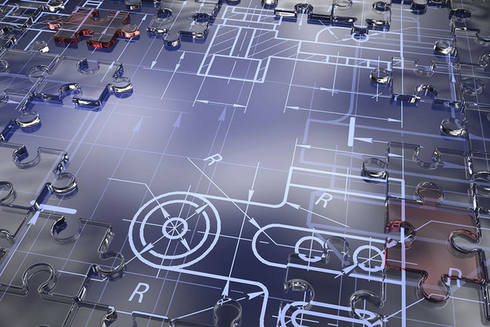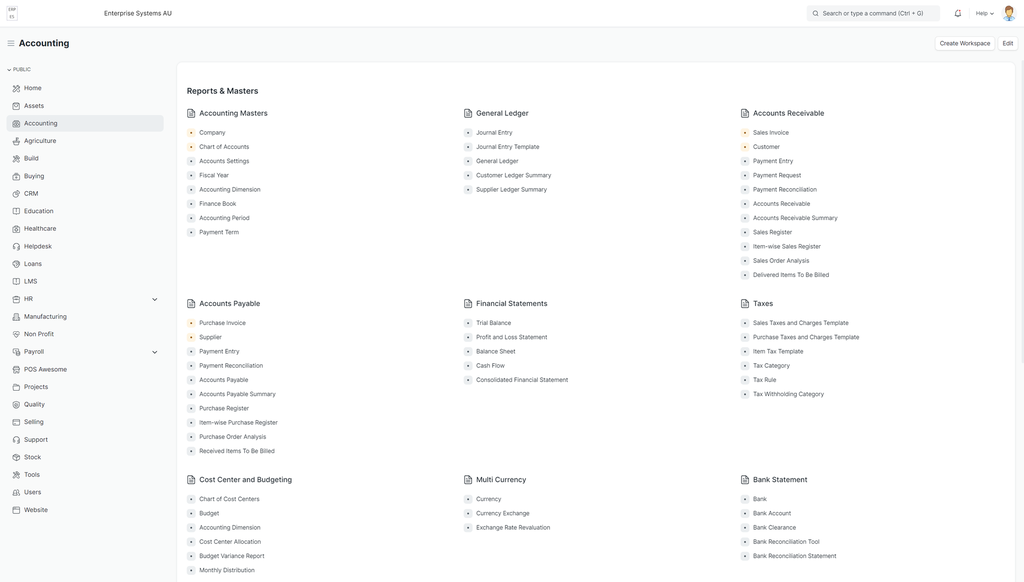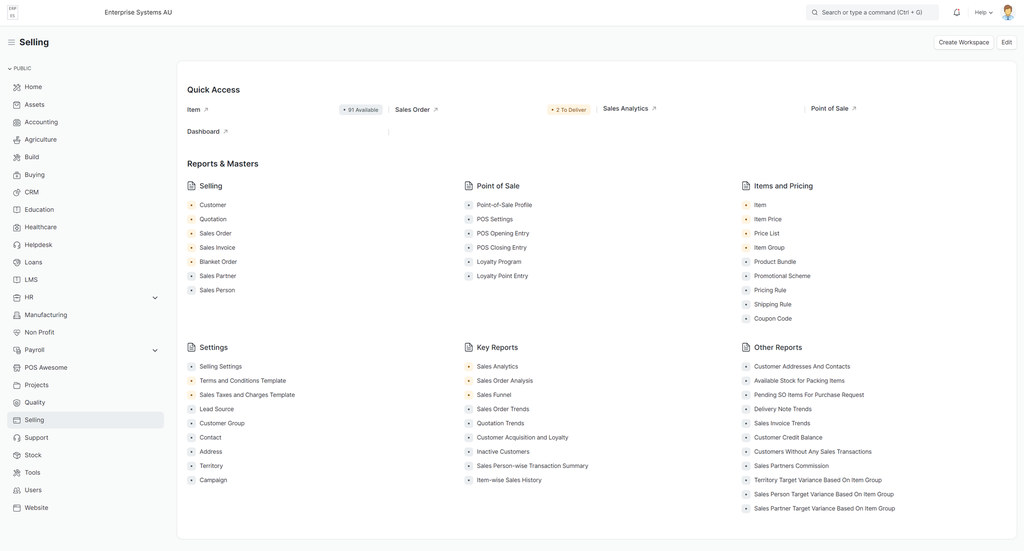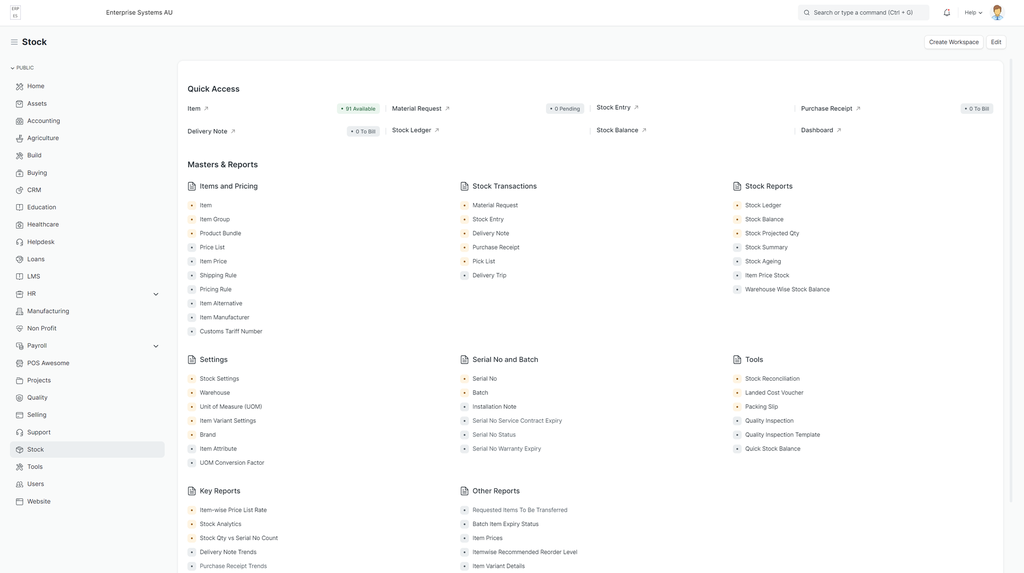ERP Overview
An ERP provides visibility into your business and control over aspects of your operations.

Financial Management
Improve profitability, minimize errors, and enhance decision-making with a complete set of tools for financial operations.

Accounting
Automate all key accounting processes such as journal entries, accounts receivable, and accounts payable.
Banking and reconciliation
Process reconciliations, bank statements, and payments through various methods including POS, cash, and bank
transfers.
Controlling
Manage cash flow, track assets, manage budgets, and review project costs with accuracy and efficiency.
Financial reporting and analysis
Create standard or customized reports from SQL data for business planning and audit review’s.
Asset management
Simplify the management of your assets with automated functions, eliminating the need for manual data entry.
Sales and Customer Management
Review the sales process and customer lifecycle efficiently – from initial contact to final sale, and after-sales service / support.

Sales and opportunity management
Track sales opportunities and lead activities throughout the sales cycle, from the first contact to deal closing.
Service management
Manage warranty contracts and service agreements, and respond to support calls.
Marketing campaign management
Create, manage, and analyze marketing activities and grow sales.
Reporting and analysis
Design detailed reports on all aspects of the sales process – from lead to sales invoice by using templates.
Customer management
Store all customer data by synchronizing customer contact information stored in Google Contacts.
Mobile Sales
Manage your sales organization – providing information on any mobile device.
Purchasing and Inventory Control
Manage purchasing and control costs by reviewing the complete cycle including receipts, invoices, returns, and payments.

Procurement
Optimize procurement processes – requisition requests, purchase orders, and returns management. Perform audits by matching documents, viewing the access log, using multiple currencies.
Accounts payable
Optimize your supply-chain relationships. Process accounts payable invoices, cancellations, and credit invoices; plan inventory and material needs; schedule purchases accordingly.
Master data management
Centralize purchasing processes. View account balances and purchase analyses while maintaining item purchasing information with price lists and tax tables.
Reporting
Generate integrated reports and display them in various report formats or dashboards on any device.
Warehouse and accounting integration
Live synchronization of goods receipts and inventory levels to perform purchase planning and create an accounts payable invoice automatically from a purchase order or goods receipt.
Business Intelligence
Reports based on SQL data with analytics and tools

Report creation and customization
Create new reports, and customise existing ones in a variety of layouts using both internal and external (Jasper Reporting) tools.
Analytics with predefined metrics
Account balance visibility and sales performance with analytics and predefined key performance indicators.
Interactive analysis
View your business using integrated standard spreadsheet functionalities.
Powerful data visualizations
Dashboards enhance your reports with powerful visualizations
Intuitive tools
Ability to relate and drill down on data using the search assistant and workflow-based alerts
Analytics and Reporting
Employees can make smart decisions by capturing all critical information and making it available throughout the company

Dashboards and reports
Design intuitive, interactive dashboards and reports that answer your questions. Managers can also track revenues, costs, and cash flow accurately; assess performance.
Real-time analytics
Access information with powerful analytics. You can simplify data searching and the on-demand creation of standard or custom reports
Industry-Specific Capabilities
Extensive industry-specific functionalities, and processes with tools designed for small and mid-sized businesses

Consumer products
Setup your operations to the needs of your consumers. Plan and manage demand to deliver the products consumers need.
Retail
Provide consumers the products and information they need. Review customer and point-of-sale insights and optimize operations.
Manufacturing
Fulfill customer demand by reducing supply chain delivery and costs, shortening manufacturing times, and minimizing scrap and rework.
Wholesale distribution
Fulfill customer and supplier demands with integrated processes. Review the entire business from planning to inventory and supply-chain management
Professional services
Deliver consistent services by establishing a repeatable process for service delivery, while improving resource planning, project management, and billing.